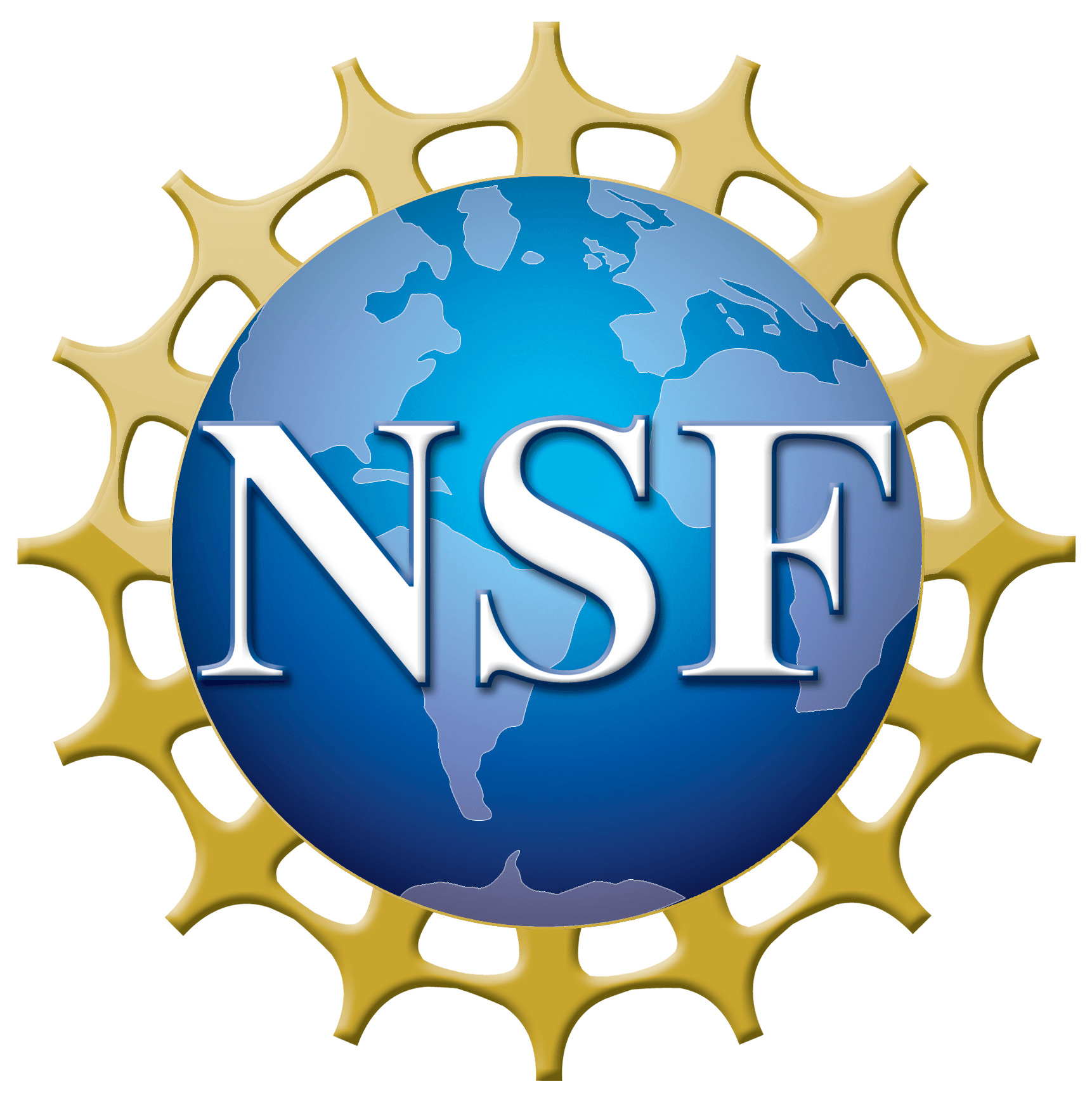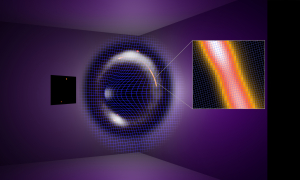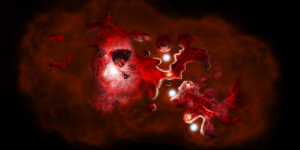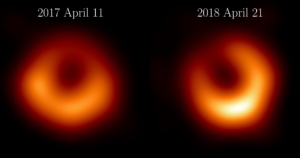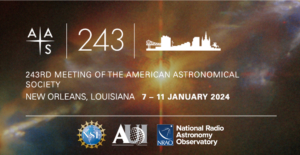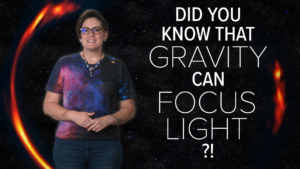An international research team, using a worldwide network of radio telescopes, including the U.S. National Science Foundation National Radio Astronomy Observatory (NSF NRAO) VLBA and GBT, has detected an enigmatic dark object with a mass about one million times that of our Sun without observing any emitted light. This is the lowest mass dark object ever detected at a cosmological distance using only its gravitational influence, marking a major milestone in the quest to unravel the nature of dark matter.
ALMA Reveals Stunning Details of Infant Galaxies in the Early Universe
Astronomers are getting a much clearer picture of what galaxies looked like in the early Universe, thanks to a…
Astronomers & Engineers Use a Grid of Computers at a National Scale to Study the Universe 300 Times Faster
Looking for a more efficient way to process a particularly large VLA data set, to produce one of the deepest radio images of the Hubble Ultra Deep Field (HUDF), made famous by the Hubble Telescope, NRAO staff decided to try a different approach.
New Details of Supermassive Black Hole’s Shadow Revealed
The Event Horizon Telescope (EHT) Collaboration has released new images of supermassive black hole M87*. A recent paper published in the journal Astronomy & Astrophysics presents new images from data collected by the Atacama Large Millimeter/submillimeter Array (ALMA) and several other instruments within the EHT. These new images show a bright ring surrounding a deep central depression, “the shadow of the black hole,” as predicted by general relativity. Excitingly, the brightness peak of the ring has shifted by about 30º compared to the first images, which is consistent with scientists’ theoretical understanding of variability from turbulent material around black holes.
NRAO in the press at AAS 243
New scientific results from the Atacama Large Millimeter/submillimeter Array (ALMA), the Very Large Array (VLA), and Green Bank Observatory…
The Baseline #17: Gravitational Lensing: Focusing On The Cosmos
Gravity can focus light like a lens, allowing astronomers to see distant galaxies and explore dark matter. Join our host Summer Ash of the National Radio Astronomy Observatory as she talks about how astronomers use gravitational lensing to study the universe.




